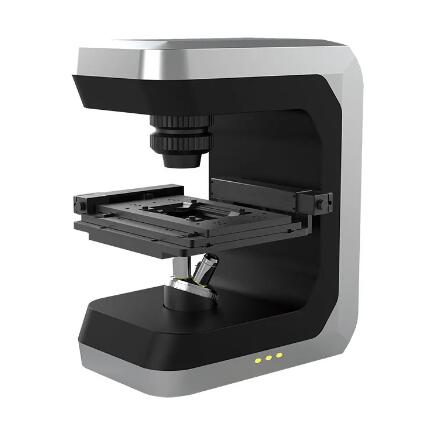The Science Behind Electric 3D Label-Free Cell Microscopy: How It Works and Why It Matters
2024-08-30
The world of cellular imaging has seen numerous advancements over the years, each bringing new possibilities to the forefront of biological research. One of the most intriguing developments is Electric 3D Label-Free Cell Microscopy. This technology promises to change the way scientists study live cells by eliminating the need for fluorescent labels. But how exactly does it work, and why is it so important? Let’s dive into the science behind this innovative imaging technique.
Understanding the Technology
At its core, Electric 3D Label-Free Cell Microscopy relies on the intrinsic electrical properties of cells to generate images. Unlike traditional microscopy methods that require dyes or fluorescent tags to highlight specific cellular structures, this technique exploits natural variations in the cell’s electrical environment.
Cells have unique electrical signatures, influenced by factors such as membrane potential, ion concentration, and the dielectric properties of their components. By applying an electric field, this microscopy technique can detect these variations and convert them into detailed images. The result is a three-dimensional representation of the cell that captures its true, unaltered state.
Key Components of the Technique
1. Electric Field Generation: The first step involves generating a controlled electric field that interacts with the cells. This field is finely tuned to detect the specific electrical properties of different cellular components without damaging the cells.
2. Detection System: The detection system captures the variations in the electric field as it passes through the cells. These variations are then processed to create a detailed image. Advanced algorithms are used to reconstruct the data into a 3D model, allowing for a comprehensive view of the cell's internal structure.
3. Data Analysis: Once the images are generated, they undergo rigorous analysis. Researchers can study the 3D models to identify specific features, such as organelle distribution, cell membrane integrity, and intracellular interactions. The label-free nature of the technique ensures that these observations are accurate and free from artifacts introduced by external labels.
Why It Matters
The implications of Electric 3D Label-Free Cell Microscopy are profound. For one, it allows scientists to study cells in their natural state, providing a more accurate understanding of cellular processes. This is especially crucial in research areas where cellular behavior can be easily influenced by external factors, such as cancer biology and neuroscience.
Furthermore, the technology enhances the study of dynamic processes within cells. For instance, researchers can observe how cells respond to stimuli in real-time, tracking changes in their electrical properties as they occur. This level of detail is difficult to achieve with traditional imaging methods, which often require multiple steps and can disrupt the very processes being studied.
Potential Challenges and Future Directions
While Electric 3D Label-Free Cell Microscopy offers many advantages, it is not without its challenges. The technology requires sophisticated equipment and expertise, which may limit its accessibility to some research labs. Additionally, the interpretation of electrical data can be complex, requiring advanced computational tools to ensure accuracy.
Looking ahead, continued advancements in this field are likely to address these challenges. As the technology becomes more refined and accessible, it has the potential to become a standard tool in cellular biology. Future developments may also expand its applications, enabling its use in areas such as regenerative medicine and personalized healthcare.
Conclusion
Electric 3D Label-Free Cell Microscopy is more than just a new imaging technique—it represents a paradigm shift in how we study and understand cells. By harnessing the natural electrical properties of cells, this technology provides a true-to-life view of cellular structures and processes, opening up new possibilities for research and discovery. As we continue to explore its potential, Electric 3D Label-Free Cell Microscopy is set to play a pivotal role in the future of biomedical science.



